Highland Fever In Canada Highland Fever is a term that has been gaining popularity in Canada in recent years. It describes the increasing interest and attraction towards the highland regions of Canada, known for their breathtaking landscapes, rich cultural heritage, and outdoor recreational opportunities. This article explores the reasons behind this growing phenomenon and delves into various aspects of highland fever in Canada.
The Allure of Canada’s Highlands
Canada’s highlands offer a unique combination of natural beauty and serenity. These regions are characterized by rolling hills, rugged mountains, expansive forests, and pristine lakes. The picturesque scenery attracts tourists, adventurers, and nature enthusiasts from all over the world. The sense of peace and tranquility found in the highlands is a major draw for those looking to escape the hustle and bustle of urban life.
Popular Highland Regions in Canada
Several regions in Canada are renowned for their highland landscapes. The Canadian Rockies in Alberta and British Columbia, the Laurentians in Quebec, and the Cape Breton Highlands in Nova Scotia are just a few examples. Each of these regions has its own unique charm and offers a variety of activities and experiences for visitors.
Outdoor Activities and Adventures
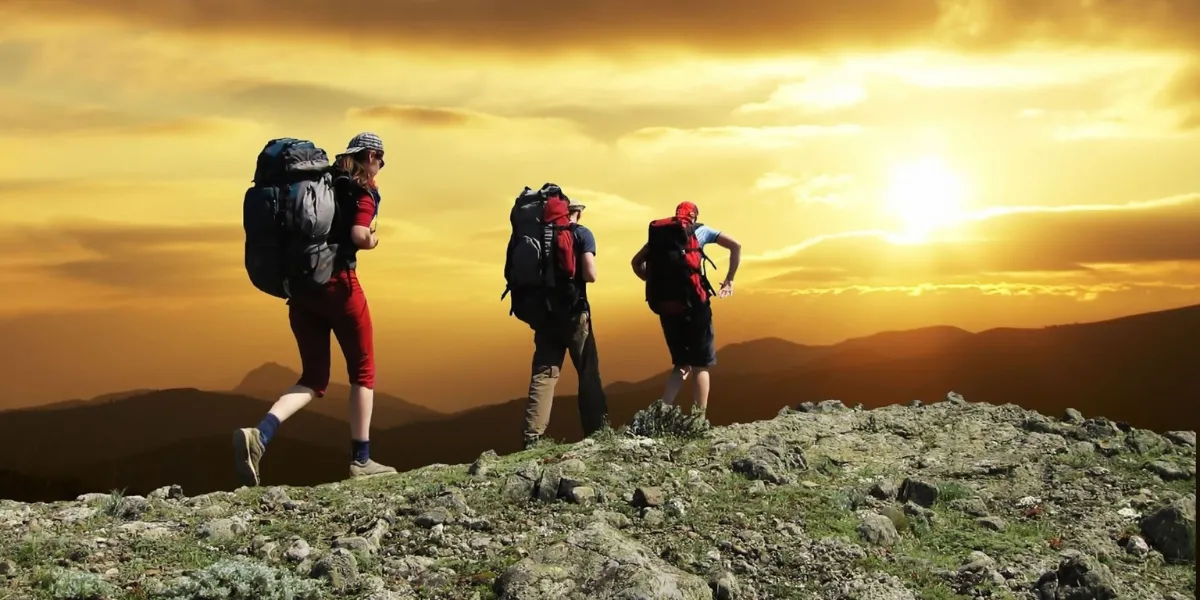
The highlands of Canada are a playground for outdoor enthusiasts. Hiking, mountain biking, skiing, and snowboarding are just a few of the popular activities that attract visitors year-round. In the summer, the trails come alive with hikers exploring the vast wilderness, while winter transforms the highlands into a snowy wonderland perfect for skiing and snowshoeing.
Wildlife and Nature Exploration
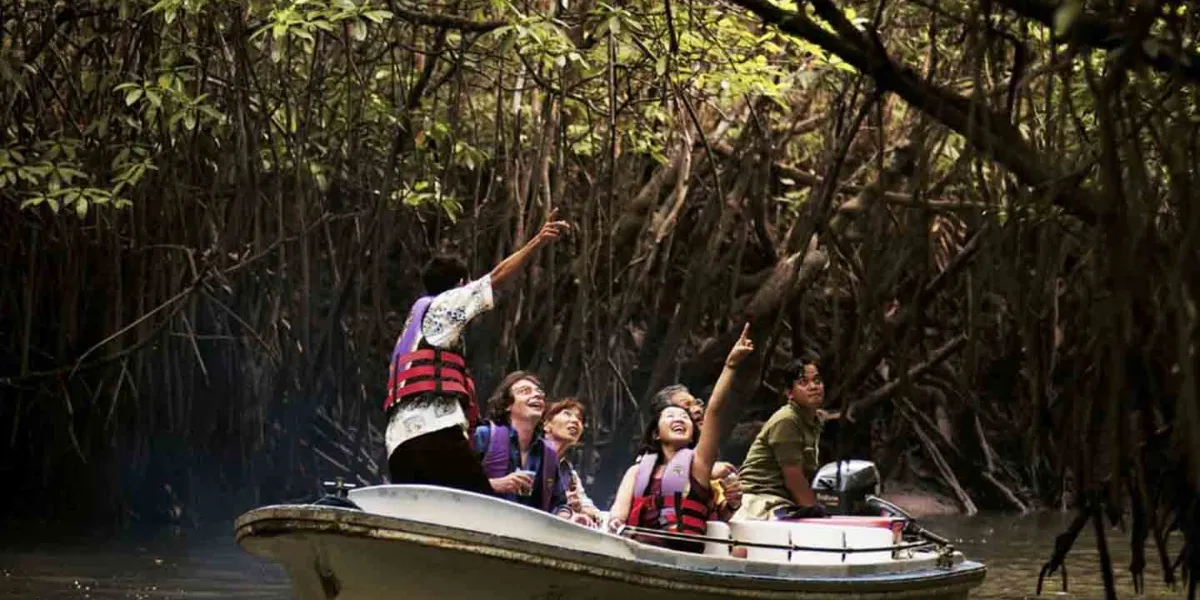
Canada’s highlands are home to a diverse array of wildlife. Bears, moose, deer, and various bird species can be spotted in their natural habitats. Nature reserves and national parks in these regions offer guided tours and educational programs, allowing visitors to learn about the local flora and fauna. Birdwatching is particularly popular, with many species of birds migrating through the highland areas.
Cultural Heritage and History

The highlands of Canada are rich in cultural heritage and history. Indigenous peoples have inhabited these regions for thousands of years, and their traditions and customs are still celebrated today. Scottish and Irish immigrants also brought their cultural influences, which are evident in local festivals, music, and architecture. Exploring the highlands offers a glimpse into Canada’s diverse cultural tapestry.
Festivals and Events

Highland festivals and events are a significant attraction for tourists. Events such as the Highland Games in Nova Scotia and the Celtic Colours International Festival celebrate the cultural heritage of the highlands. These festivals feature traditional music, dance, food, and athletic competitions, providing visitors with a vibrant and immersive cultural experience.
Accommodation and Lodging Options
Accommodation in the highlands ranges from rustic cabins and cozy bed-and-breakfasts to luxurious resorts. Many visitors prefer staying in lodges or cabins that offer stunning views of the surrounding landscapes. For those seeking a more rugged experience, camping sites are also available, allowing travelers to immerse themselves fully in the natural beauty of the highlands.
Local Cuisine and Culinary Delights

The highlands of Canada boast a unique culinary scene that reflects the local culture and natural resources. Freshwater fish, wild game, and locally grown produce are staples in highland cuisine. Many highland regions are also known for their craft breweries and distilleries, offering visitors a taste of local beverages. Farm-to-table restaurants and food festivals highlight the best of highland gastronomy.
Sustainable Tourism Practices
With the increasing popularity of highland tourism, sustainable practices are essential to preserving the natural environment and cultural heritage. Many highland regions in Canada have implemented eco-friendly initiatives, such as promoting responsible hiking, reducing waste, and supporting local communities. Visitors are encouraged to follow Leave No Trace principles and respect the natural and cultural resources of the highlands.
Planning Your Highland Adventure

Planning a trip to the highlands requires careful consideration of various factors, including the best time to visit, necessary gear, and safety precautions. Seasonal weather changes can affect the types of activities available, so it’s important to research and prepare accordingly. Additionally, booking accommodations and guided tours in advance can ensure a smooth and enjoyable highland experience.
Testimonials from Highland Travelers
Hearing from those who have experienced highland fever can provide valuable insights and inspiration. Testimonials from travelers often highlight the awe-inspiring landscapes, the warmth of local communities, and the sense of adventure that the highlands offer. Personal stories and recommendations can help potential visitors plan their own highland journeys.
Embracing Highland Fever

Highland fever in Canada is more than just a trend; it’s a testament to the enduring appeal of these majestic regions. Whether you’re seeking adventure, cultural enrichment, or simply a peaceful retreat, the highlands of Canada have something to offer. By embracing sustainable tourism practices and respecting the natural and cultural heritage, we can ensure that future generations can continue to enjoy the beauty and wonder of Canada’s highlands.
Canada’s highlands are a treasure trove of natural beauty and cultural richness. From the breathtaking landscapes to the vibrant festivals, there is something for everyone to enjoy. As more people discover the allure of these regions, highland fever continues to grow, inviting us all to explore and appreciate the wonders of the highlands.
Click here for more visited Posts!





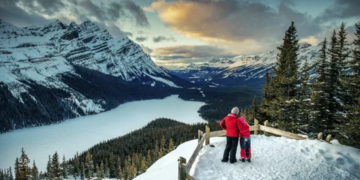








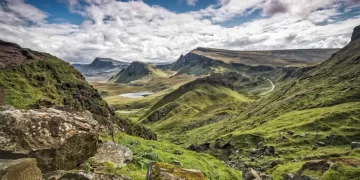








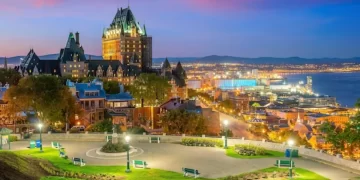

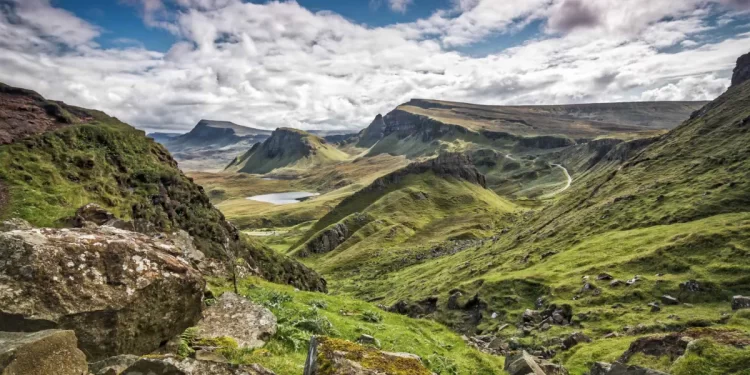










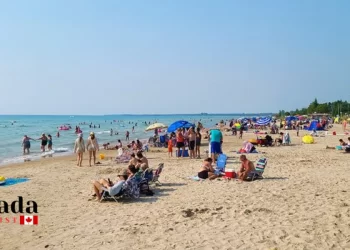




Discussion about this post